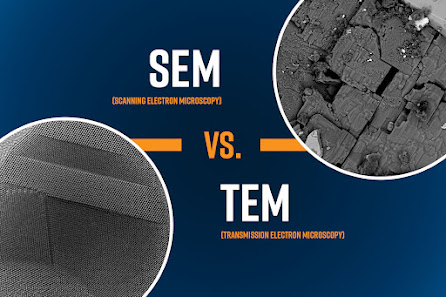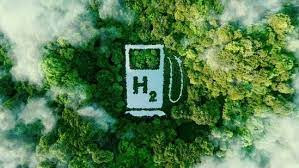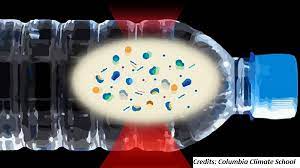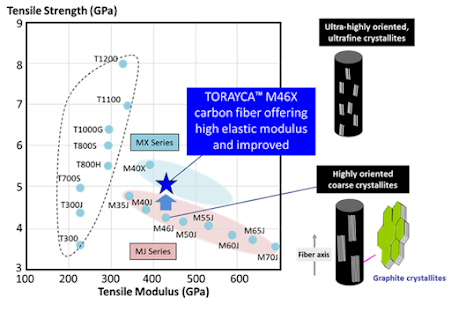Today's KNOWLEDGE Share :Biochar from Green Algae:
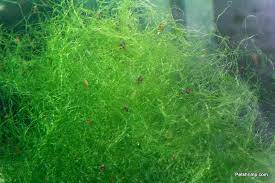
Today's KNOWLEDGE Share Biochar from Green Algae: A Dual-Solution for Green Energy A new study has harnessed the power of a humble green macroalgae, dry, to create a biochar with surprising capabilities. This biochar acts as a dual-threat in the world of green energy, functioning both as an efficient hydrogen catalyst and an electrocatalyst for fuel cells. The research, published in Fuel, highlights the potential of E. intestinalis as a sustainable and cost-effective resource for clean energy solutions. Traditionally, hydrogen production from sodium borohydride relies on expensive metal catalysts. This biochar, however, offers a promising alternative, significantly boosting hydrogen production rates. But the biochar’s talents don’t stop there. It also shines as an electrocatalyst for methanol fuel cells. These cells hold immense potential for clean energy generation, but often require expensive platinum-based catalysts. The E. intestinalis biochar paves the way for a more affordabl
